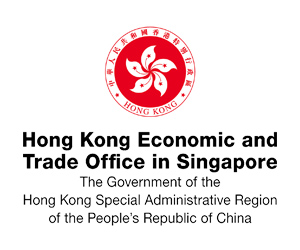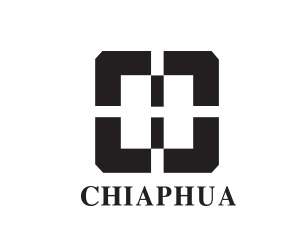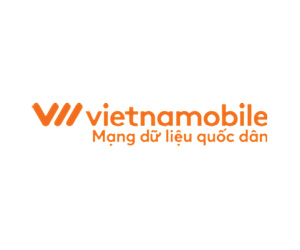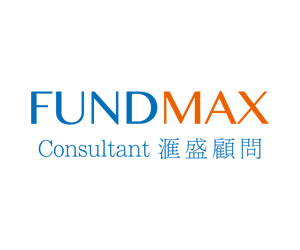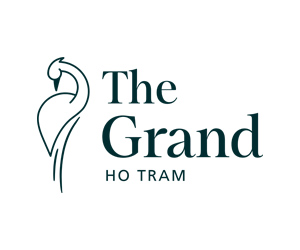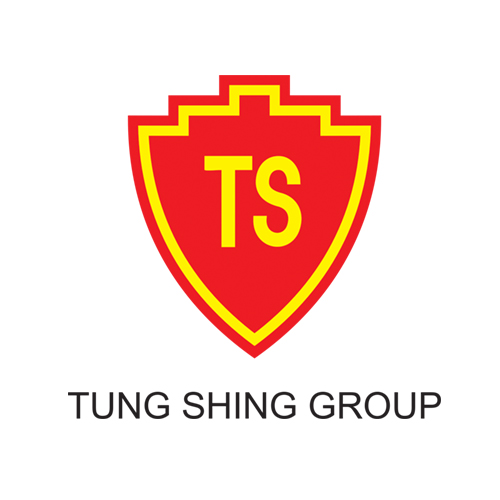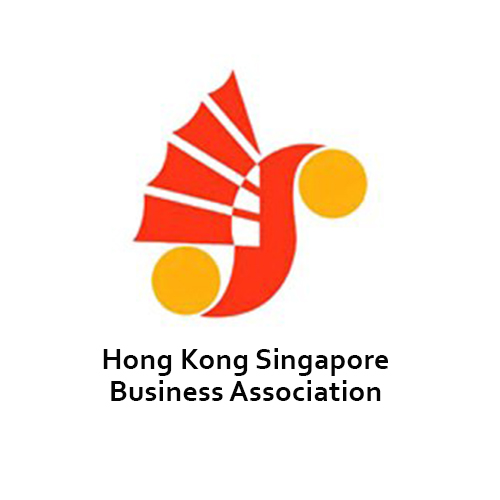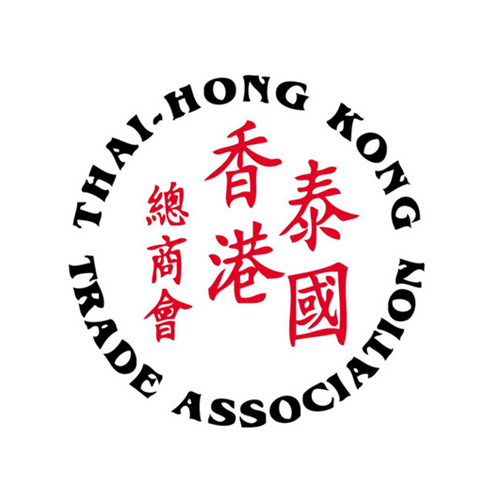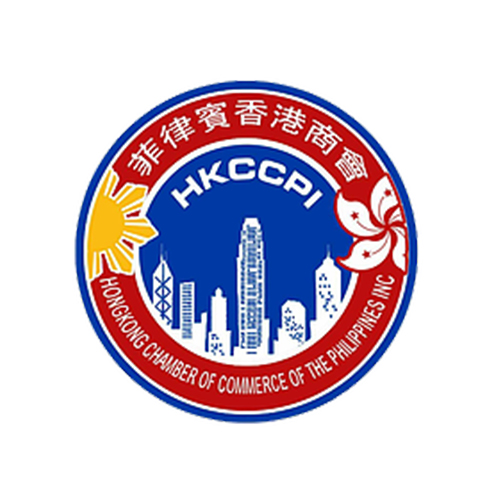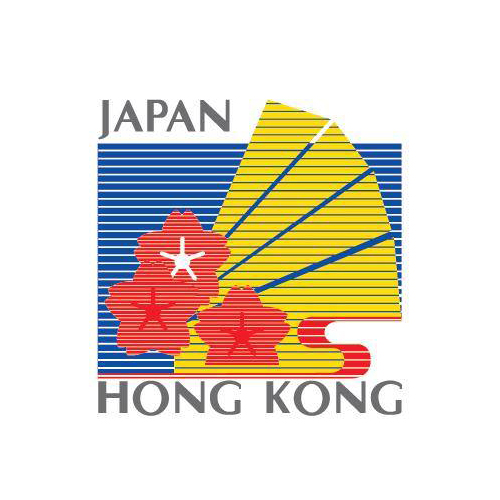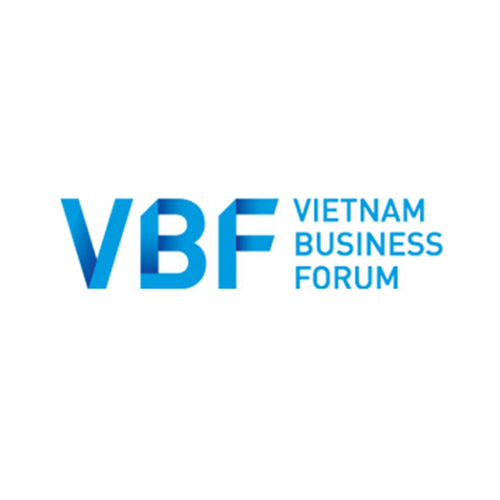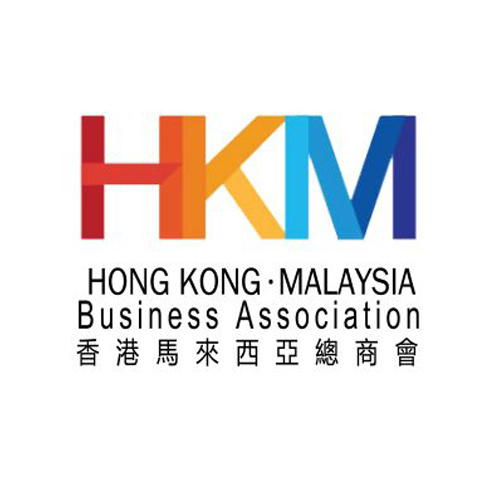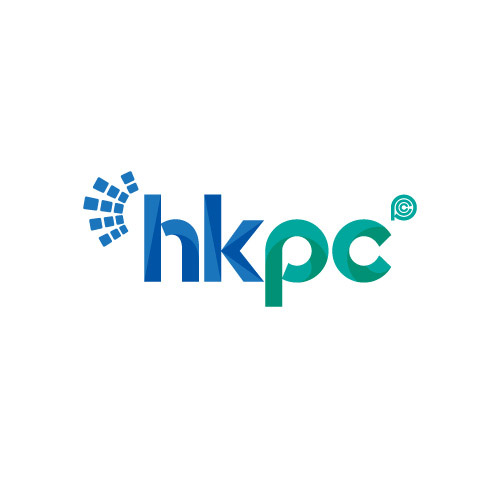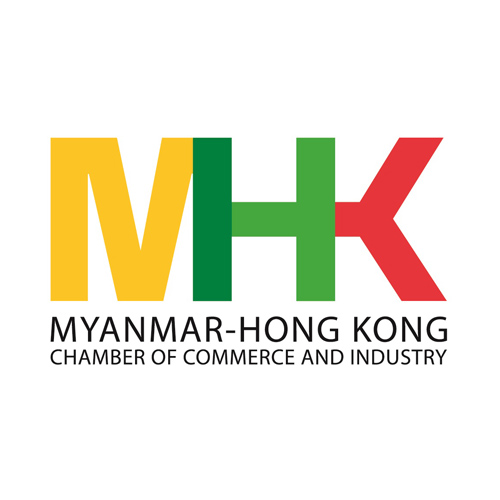Want to be in the loop?
subscribe to
our notification
Business News
MULTINATIONALS KEEN TO THRASH OUT GLOBAL TAX ARRANGEMENTS
Multinational enterprises are willing to pay the global minimum tax in Vietnam, but the calculation and implementation of top-up fees may cause a headache.
At last week’s international workshop on implementing Pillar 2 of the global minimum tax (GMT) in Vietnam, Dong Thi Hong Anh, chief accountant of its Vietnam operations, said tech giant Samsung stands ready to pay more taxes in Vietnam in line with the GMT roadmap.
“Samsung has been aware of the GMT since its early days, and is eager to gain insights into the Vietnamese government’s support for businesses in line with its implementation,” she said at the event, hosted by the Vietnam Association of Foreign Invested Enterprises and the Washington-based International Tax and Investment Centre (ITIC).
Samsung Electronics Vietnam – the country’s largest foreign investor – posted revenues of about $75 billion in 2023, accounting for nearly 20 per cent of Vietnam’s export turnover, creating jobs for nearly 200,000 direct workers and millions of indirect workers. It plans to rapidly ramp up investment in IT and semiconductors, and hopes the government to ensure fair and equitable benefits for the company.
At a seminar organised by the National Assembly’s Committee for Finance and Budget, CEO of Samsung Electronics Vietnam said that the company paid 2023 corporate income tax at a 6.9 per cent rate. If the tax rate increases to 15 per cent, it will have to pay an additional $650 million.
The CEO has proposed the government refund it $100 million for technological innovation, $150 million for research and development, and $100 million for matching with Vietnamese businesses. This would be equivalent to half of the top-up tax.
Intel representative Do Thi Thu Huong expressed similar sentiments at last week’s workshop. “As Vietnam is drafting detailed legislation on implementing the GMT and providing support for businesses, Intel looks forward to cooperating with the government on this issue,” she said.
In another case, at the end of February, LG Chem is expected to be obliged to pay an additional $112 million to the South Korean government. The company holds more than 80 per cent shares of LG Energy Solution, which is expected to benefit from about $1.5 billion in tax incentives in the United States under the Inflation Reduction Act. A representative of this company said that LG Chem’s paying additional taxes or not depends on its decision to sell its shares in the subsidiary.
According to the GMT’s Pillar 2, a multinational corporation (MNC) whose revenue stated in the consolidated financial statements of the ultimate parent entity for at least two years in the four immediately preceding years to the taxable year is equivalent to €750 million (approximately $800 million) or more is subject to the GMT. All countries can apply the GMT to the ultimate parent entity of MNCs in their jurisdiction, even when the MNCs do not meet the revenue threshold.
The GMT is applied on a country-by-country basis. The computation of the effective tax rate, excess profits tax, and top-up tax will be based on all the constituent entities of the MNC in each country.
The General Department of Taxation raised an example that Samsung Group has seven constituent entities in Vietnam, then the effective tax rate, excess profits tax, and top-up tax of Samsung Group in Vietnam will be computed based on aggregate income or losses of the entities.
If Vietnam’s Group A has investments in Cambodia (with three constituent entities) and Laos (four constituent entities), the top-up tax on Group A will be computed separately in Cambodia based on three constituent entities in Cambodia and separately in Laos on the basis of four constituent entities in Laos.
Jonathan Pemberton, senior advisor with the ITIC, said that some countries could be tempted to fiddle and offer tax incentives or simplify the rules, but that it would not work. MNCs expect consistency in tax filings, so competent authorities should engage and support each other to help them.
Payment of the top-up tax is ensured by three interlocking rules, including the income inclusion rule, the qualified domestic minimum top-up tax, and the undertaxed profits rule.
“A common tax base is essential if the Global Anti-Base Erosion rules are to achieve their objective of minimum taxation of all profits globally, with no duplication and no gaps,” Pemberton said. “The starting point is the profit, or loss, of each constituent entity of the MNC as determined for the Consolidated Financial Statements of the ultimate parent entity prepared according to accepted accounting standards.”
Pillar 2 liabilities computations are based on a distinct set of rules, so filing and reporting will take place in parallel with corporate income tax obligations. However, compliance and risk assessment processes for large MNCs will need to be coordinated. Many of the potential risk areas are the same: both Pillar 2 and corporate income tax are predicated on compliance with the arm’s length principle, the expert said.
Countries that have outbound investments will mostly apply the GMT from 2024 to collect the difference between the effective tax rate and the GMT (15 per cent), including the economies that are large investors in Vietnam such as South Korea, Japan, Singapore, and Hong Kong.
Residence countries like Vietnam are working on policies to respond to the GMT, including applying the qualified domestic minimum top-up tax to prevent top-up taxes on the income of constituent entities that enjoy effective tax rates lower than the minimum level from going to countries where the parent company is headquartered. At the same time, they are also studying a number of financial incentives to retain foreign-invested enterprises subject to the GMT and draw in new foreign investors.
Source: VIR
Related News

TRADE STRENGTHENED AFTER 5 YEARS IN CPTPP
After five years, the Comprehensive and Progressive Agreement for Trans-Pacific Partnership (CPTPP) has expanded Vietnam's trade with key markets, particularly in the Americas, including Canada, Mexico, Chile and Peru. It has promoted multilateral trade, driven institutional reforms, attracted foreign investment and strengthened Vietnam's international integration.

HIGH-QUALITY WORKFORCE EMBEDDED IN NINH THUAN'S RENEWABLE ENERGY DEVELOPMENT
To harness its vast renewable energy potential, which Statista estimates at 120.30 billion kWh with an annual growth rate of 3.39 per cent from 2024 to 2029, Ninh Thuan, the region with the most favourable natural conditions in Vietnam for such development, recognises that without a skilled workforce, natural advantages alone cannot drive the industry towards sustainable growth.

KOREA LEADS IN PROJECTS AND INVESTMENT IN VINH PHUC PROVINCE
Investment projects from Korean enterprises are primarily concentrated in key sectors such as electronic components manufacturing, automotive and auto parts, textiles, and electronics and semiconductor manufacturing. These industries align with Vinh Phuc province's priorities for attracting investment.

DEX CONNEX VIETNAM 2024: UNLOCK BUSINESS OPPORTUNITIES WITH MALAYSIA'S LEADING TECH COMPANIES
On behalf of Sunwah Group Vietnam and Sunwah Innovations, in collaboration with the Malaysia Digital Economy Corporation (MDEC), we are delighted to cordially invite you to participate in DEX Connex Vietnam 2024 on Thursday, 14 November 2024 in Ho Chi Minh City.

VIETNAM MAY BE ONE OF THE FASTEST-GROWING EMERGING MARKETS BY 2035
The S&P Global Look Forward Journal, titled "Emerging Markets: A Decisive Decade", which considers the opportunities and challenges the next decade will bring for emerging markets' economic growth in terms of energy transition, supply chain integration, and labour productivity.

VN SHOULD FOCUS ON DEEPER INTEGRATION INTO THE GLOBAL SUPPLY CHAIN NETWORK
As international businesses look to create new links in the global supply chain, Việt Nam, as well as the rest of the Southeast Asia region, can emerge as a major destination for foreign direct investment (FDI), said economists and policymakers.
